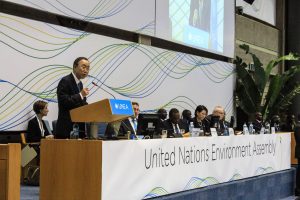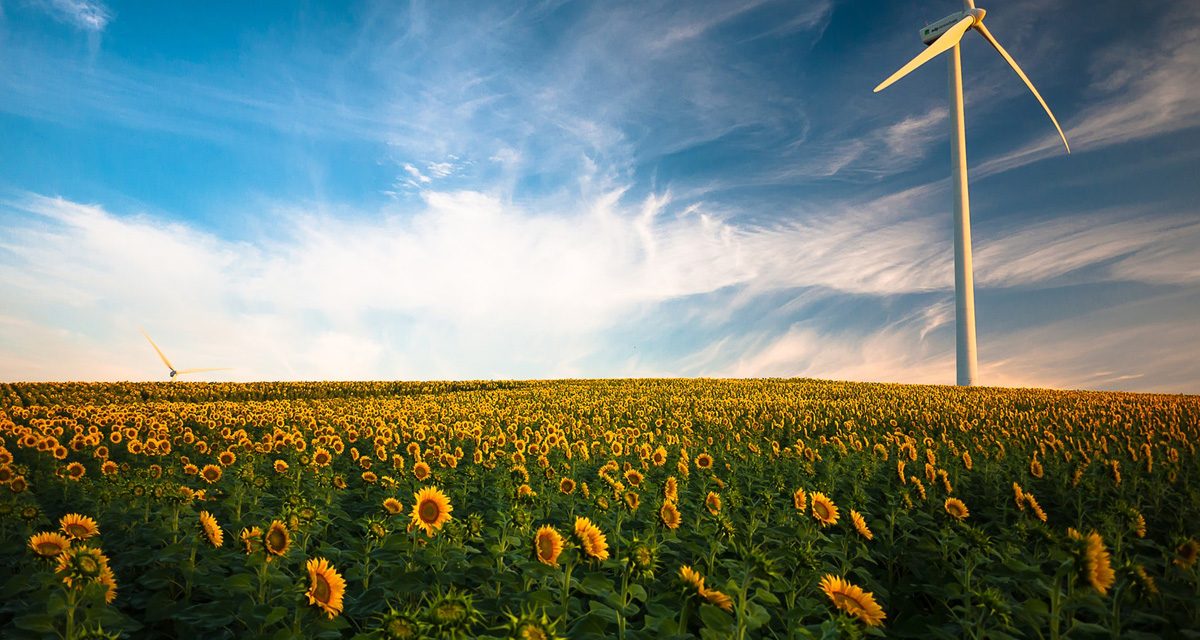Sustainability: Map the Future
The 194 signatories to the Paris Agreement, now with the exception of the United States, are committed to limiting global temperatures and greenhouse emissions, as well as to climate-resilience development. Despite their overall low carbon emissions, Dominica, Grenada, and St Kitts and Nevis all ascribed to the Agreement on the day it was first opened for signature, coming together to build a sustainable future for Earth.
Improving the environment provides every person with an opportunity to become a citizen of the world, as climate affects all of humanity irrespective of national borders. Promoting sustainability, and engaging in practices that minimise environmental harm (such as observing proper methods of water usage and waste disposal), are a means of bringing us closer to global citizenship, and of building a value-based world community.

An analogy can be drawn to the story of the boy and the starfish. A man walking on a beach is puzzled by a young boy who is throwing starfish into the sea. These starfish, having been washed up and exposed to the sun, would eventually die if left on the shore. The sheer thousands of stranded starfish cause the man to suggest to the boy that he won’t be making much of a difference with his individual effort. The boy’s answer is to throw yet another starfish into the depths of the sea and to say: “It made a difference to that one.” The success of climate change projects requires the buy-in of those who can motivate positive change through their daily behaviour and routines. It also depends on governments supporting and encouraging the adoption of climate change practices, particularly in small countries where one adverse natural effect could have serious consequences for the entire economy of the nation. A tried and tested solution for nations that have suitable natural resources is to introduce geothermal, solar, and wind production.
GEOTHERMAL ENERGY
Forward-thinking nations look to their natural resources, particularly those that regenerate. Geothermal energy
is one of the cleanest providers of electricity, being derived from heat stored in the earth, but causing far fewer harmful emissions than fossil fuels. Kenya is one of the world’s most active countries in geothermal production, having opened the world’s largest geothermal plant in 2015. It accounts for around 20 percent of the nation’s power capacity.
The geothermal boom has also taken hold of the Caribbean. In Grenada, geothermal exploration has confirmed a reservoir of up to 8 km2 with the potential to generate some 20 megawatts of power. Similarly, with the inauguration of a geothermal power plant on the island of Nevis in December 2017, the Federation of St Kitts and Nevis will soon become a regional provider of green power. In the meantime, the dual-island Government has committed to completing its wind farm project Maddens, which has already alleviated the cost of purchasing, transporting, and storing fossil fuels.
 WIND POWER
WIND POWER
Last year Dominica was hailed as the leader in the Caribbean’s race to use renewable sources of energy. At least 28 percent of its electricity generation is from hydro- and wind-power. In aspiring to be energy self-sufficient by 2020, the island is also pursuing investments in geothermal and solar-generated power.
The enormous potential of wind power has largely been demonstrated by the People’s Republic of China, which has the greatest number of wind farms in the world and the largest: Gansu Wind Farm. China alone accounts for over 30 percent of the world’s production of wind energy.
SOLAR ENERGY
Germany and China top the list of solar power capacity production, followed by Japan, the United States, and Italy. However, as solar farms require ample space, countries are exploring novel approaches to solar energy generation. In 2013, for example, St Kitts and Nevis developed an initiative to install solar street lamps, proving that even a little effort can make a difference.
Today’s citizens of the world are often attracted to these types of projects, realising the “butterfly effect” of positive initiatives. They understand that the world is not the sum of their footprint alone. A small action can have a profound impact; becoming a citizen of the world implies a call to action and a commitment to creating a more sustainable future.
 ]]>
]]>
- What’s Happening in Yemen? - 28th June 2019
- World Facing ‘Climate Apartheid’ According to UN Expert - 25th June 2019
- Enabling Women - 4th January 2019






